Germany PMI Services was finalized to 52.7 in November, up from October’s 52.4. PMI Composite was finalized at 52.2, up slightly from October’s 52.0. Markit said new business fell as fourth COVID wave took hold. Firms’ expectation slipped to 12-month low. Rate of input cost and output price accelerated to new highs.
Phil Smith, Economics Associate Director at IHS Markit:
“Germany’s service sector was able to eke out further modest growth in November, but the survey’s forward-looking indicators gave reason for concern. Inflows of new work and business confidence were already in decline in November thanks to the fourth wave of coronavirus, and now the Omicron variant brings added uncertainty and a risk of tighter virus containment measures.
“Given what we’ve seen in the survey data so far and the potential new risks posed by the Omicron variant, the economy is, at best, set for a notable slowdown in growth in the final quarter.
“The survey data showed a further intensification of inflationary pressures in November driven by a surge in energy costs, with service providers joining manufacturers in recording an unprecedented rise in prices. This was despite signs of inflation already easing across consumer-facing sectors.
“Another strong round of hiring across the service sector in November maintained the labour market’s solid pace of recovery. However, with recruitment tending to lag movements in activity and underlying demand, we can reasonably expect the pace of job creation to slow in line with weaker economic growth and lower business confidence.”
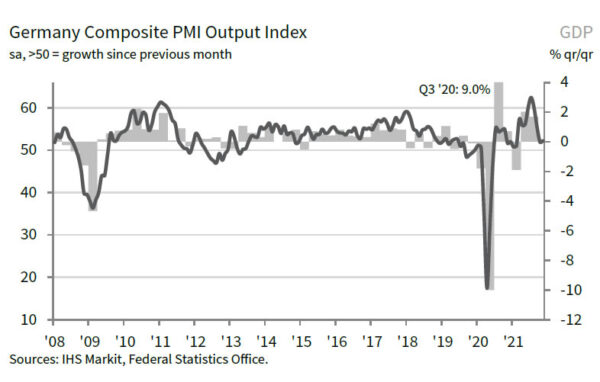
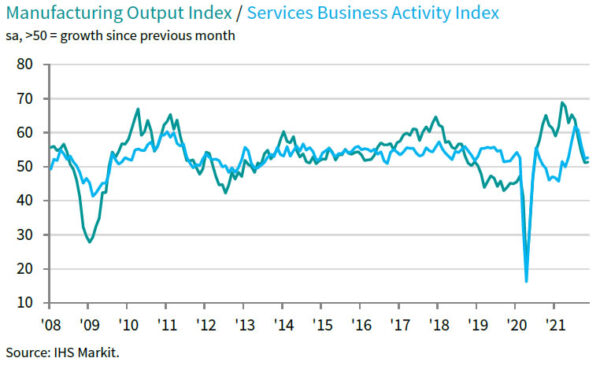
Full release here.




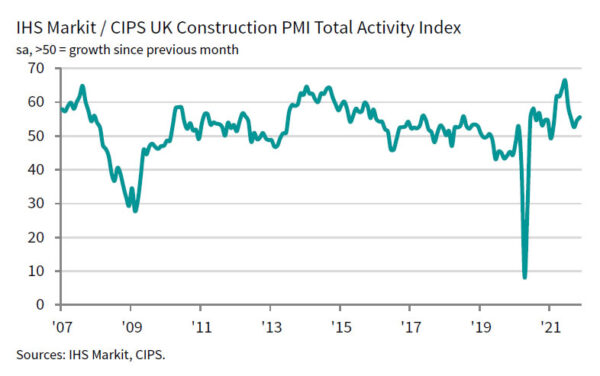
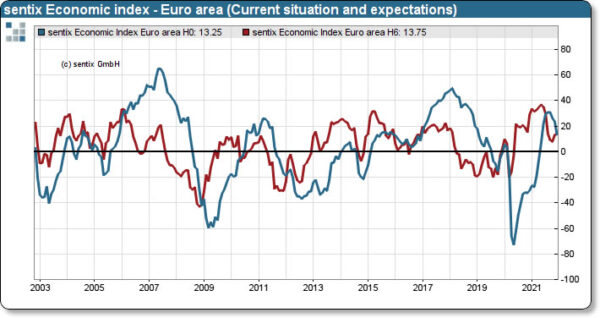
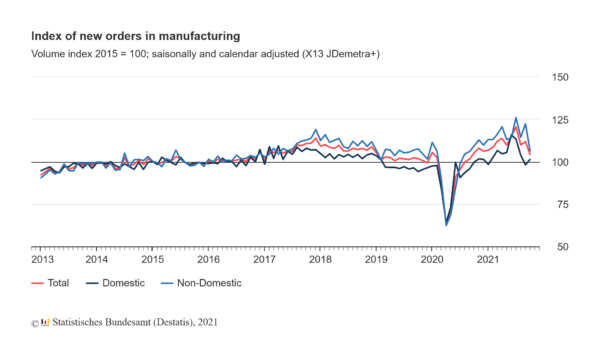
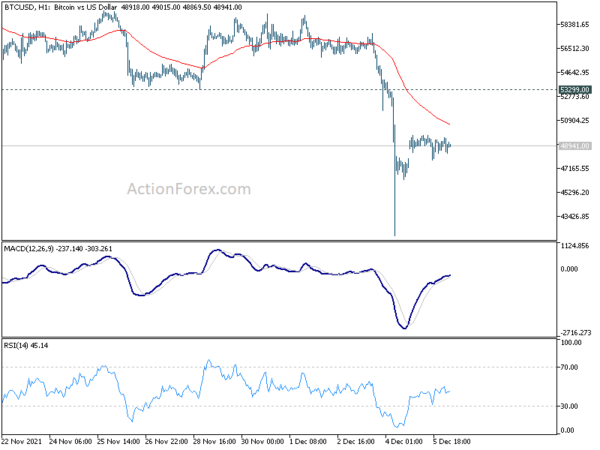
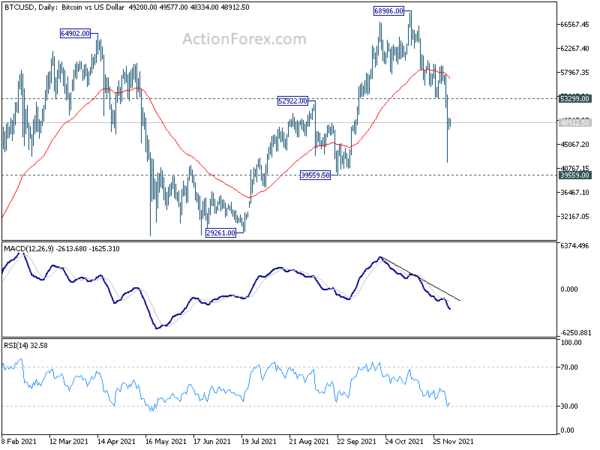
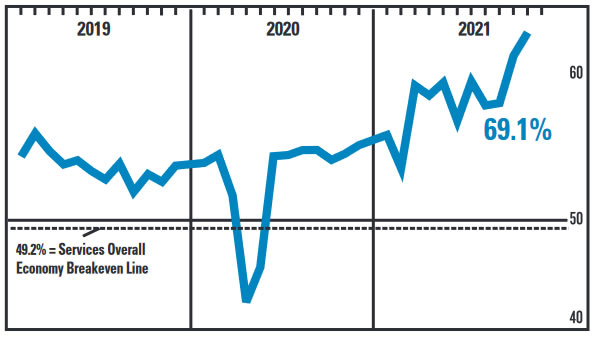
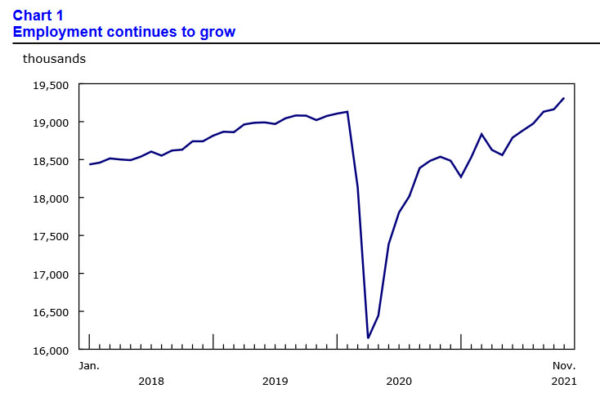
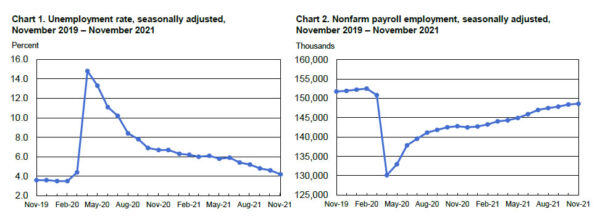

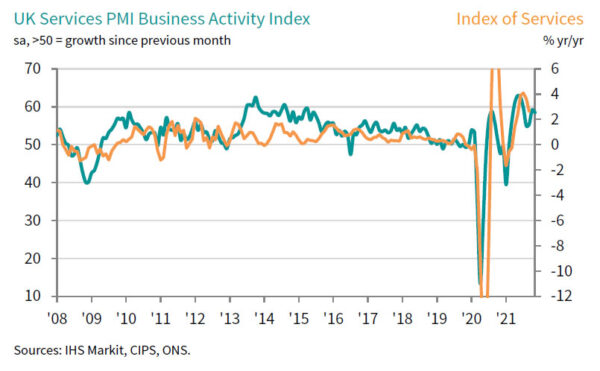




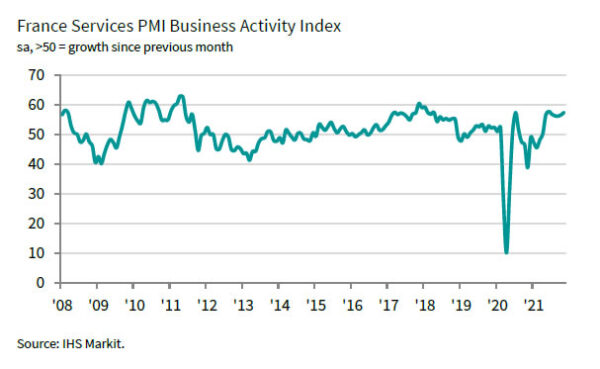
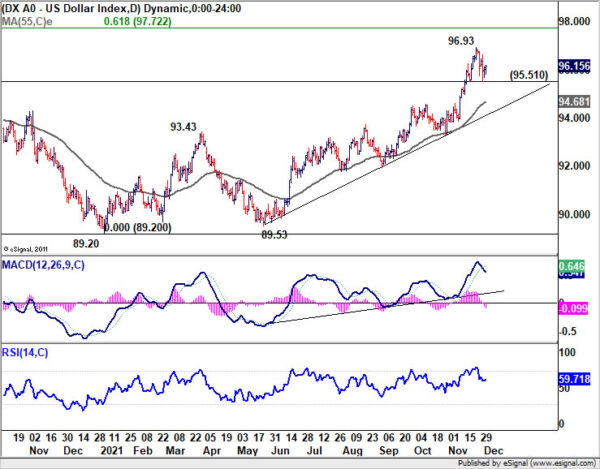
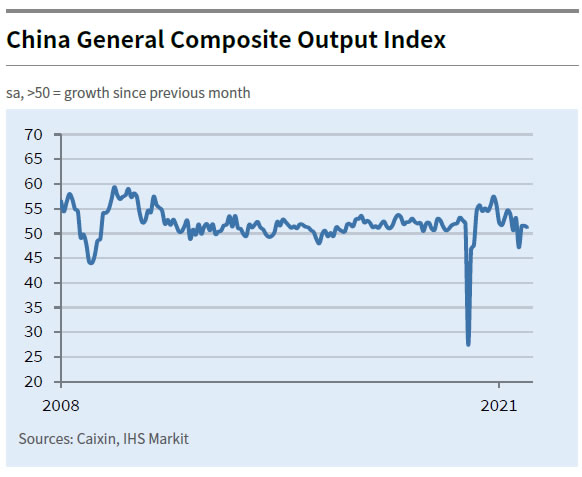
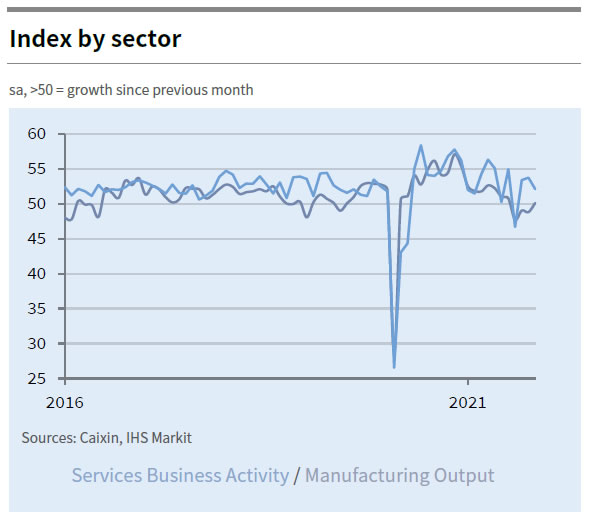

BoE Broadbent: Transitory never meant inflation effects gone in even 12 months
BoE Deputy Governor Ben Broadbent reiterated in a speech that “it takes time for policy to work”. “A change in interest rates has its peak impact on inflation only after a significant delay – probably eighteen months or more”.
When global central bankers used the word “transitory” in describing current surge in inflation, “they do not mean (and never meant) that these effects will be gone in one, two or even twelve months”.
“The relevant question is whether the global factors currently pushing up on goods prices are still there by the time a policy decision taken today could have any significant effect of its own,” he added.
“What is their prospective contribution to inflation in eighteen, twenty-four months and beyond? This is the horizon that matters for policy and against which the word ‘transitory’ should be measured.”
Full speech here.